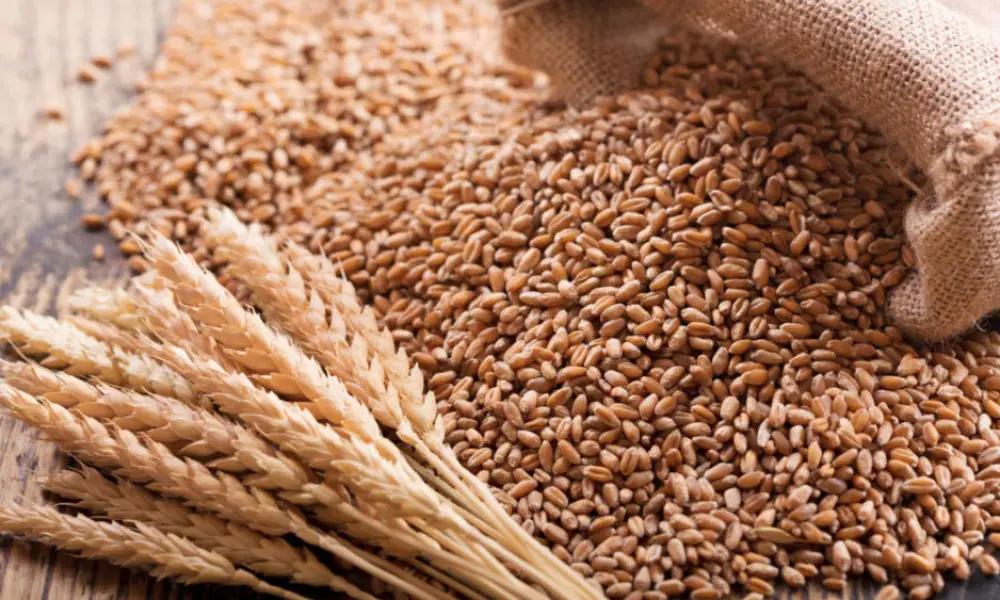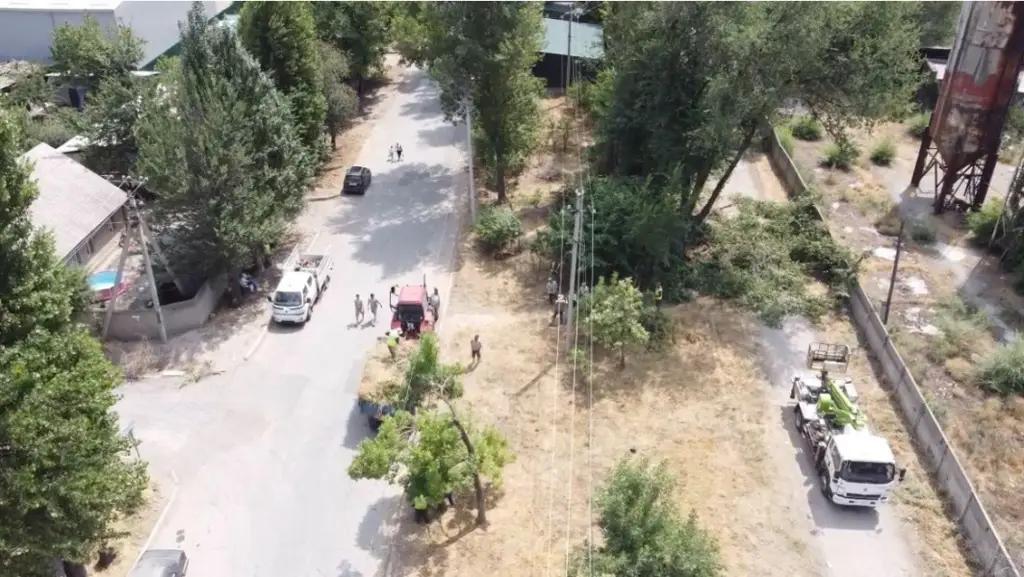
Published
07/28/2025, 15:57In the spring of 2025, an agricultural experiment was launched in the At-Bashinsky district of the Naryn region, which could be a turning point for the country's feed and oilseed security.
For the first time in the region, 27 tons of sudan grass seeds were sown. Sudan grass is a high-yielding grass known for its ability to be cut multiple times and quickly recover. Sudan grass is taking root well: it is already over 1.6 meters tall, and haymaking will begin in the coming weeks.
At the same time, 300 hectares of previously unused land have been returned to production. Of these, 200 hectares have been replanted with sudangrass and 100 hectares with safflower, a drought-resistant crop that not only produces high-quality vegetable oil but also improves soil structure.
This season's safflower yield is expected to be 500–700 kilograms per hectare. This project is a test of the resilience of new approaches to agriculture in Kyrgyzstan.
In conditions of limited pastures and growing climate risks, it is precisely such highly efficient crops that can become the basis for the country's future feed and food balance. If the experiment confirms expectations, similar practices can be scaled up in other regions of the republic.



